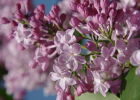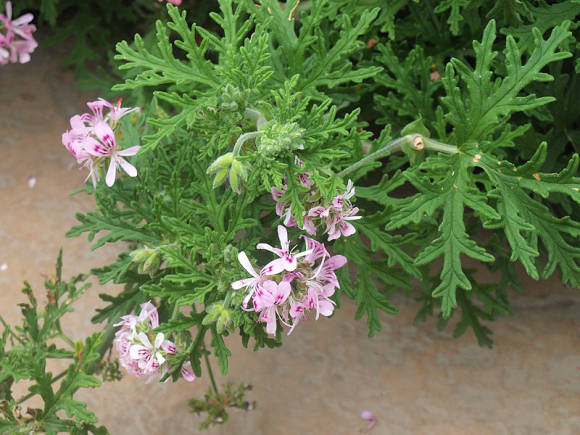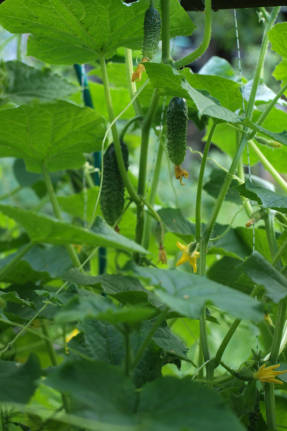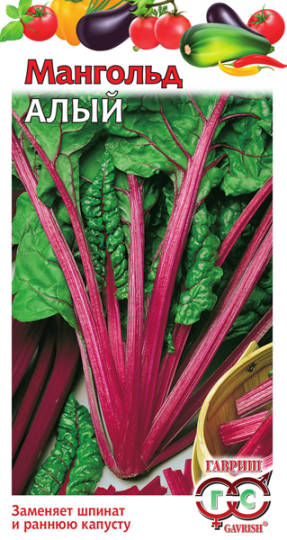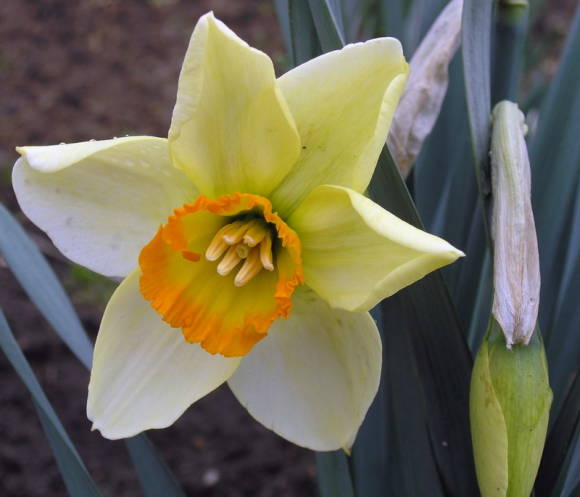Fatsia (Fatsia) - a small genus in the Araliev family (Araliaceae), consisting of only three species of shrubs native to southern Japan, Korea and Taiwan.
The scientific name was first used in 1854 and is derived from the Latinized Japanese word for "eight," referring to the eight lobes of Japanese fatsia leaves. Previously, this genus was classified in the broader, closely related genus Aralia.
Fatsia are evergreen low-branched shrubs or small trees, reaching a height of 1-3 m.Large, 20-50 cm wide, leathery palmate-dissected leaves with 7-11 lobes and serrated edges on petioles up to 50 cm long are located on thick stems in a spiral and collected mainly on the tops of the shoots.
Inflorescences are dense complex umbrellas, located at the tops of the shoots and consist of many small creamy-white flowers, mainly bisexual, less often male (staminate) flowers are found. There are large drooping bracts, a calyx with a toothed edge, the corolla consists of 5 free petals, 5 stamens. Flowering occurs in autumn or early winter, then small blue-black fruits appear in spring - drupes with 3-10 seeds.
These ornamental plants are used in garden design in subtropical and tropical climates and as a houseplant in more severe conditions. Basically, Japanese fatsia, its varieties and hybrids, have become widespread in the culture.
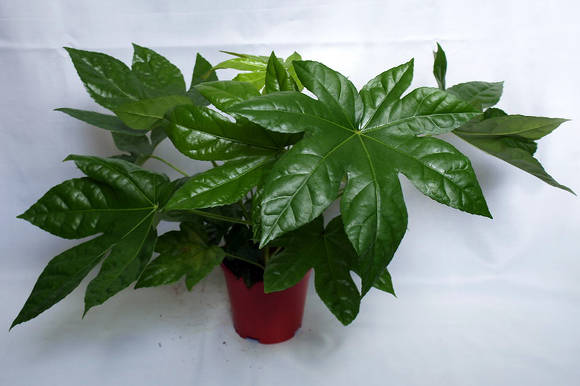
Japanese fatsia (Fatsia japonica), Also known as the Japanese Aralia, it is found naturally in southern Japan, South Korea, and Taiwan. In New Zealand, the species went beyond cultivated gardens and became widely naturalized.
This is a small, weakly branching shrub 1-3 m high, with thick stems, on which leathery palmate-lobed leaves 20-40 cm in diameter are arranged in a spiral with 8 (7-9) wide lobes, dissected 1/2 -2/3 of the length and edged with large blunt teeth.
It is grown as an ornamental outdoor plant in countries with warm temperate climates, where winter temperatures do not drop below -15 ° C. Falling under short-term frosts, the plant dies off above the ground, and when warm comes, it grows back from the underground part. But in severe or prolonged frosts, the plant dies.
Japanese fatsia can grow on different soils, if they are well drained, prefers partial shade places.
In addition to its beautiful leaves, this plant is prized for its cleansing properties and has been proven to remove formaldehyde gas from indoor air.
About room care - in the article Japanese Fatsia care. Common decorative varieties of Japanese fasia: Fatshedera Lise (x Fatshedera lizei) - a sterile hybrid obtained by crossing Japanese Fatsia (Fatsia japonica) and Irish ivy(Hedera hibernica). There are green and variegated forms, propagated exclusively in a vegetative way. Fatsia infertile (Fatsia oligocarpella) - grows on the Japanese Bonin Islands and some other islands of the Pacific Ocean, widely naturalized in Hawaii. Outwardly, the appearance is very similar to Japanese fatsia, but the leaf lobes are slightly wider and less jagged. As a houseplant, fatsia is not very widespread, but in Italy it is mainly grown in pots. Prefers a humid and cool climate without sudden changes in temperature during the day, grows well in partial shade. Fatsia multiple (Fatsia polycarpa) -endemic to Taiwan, found there in mountainous areas. Segments of large leaves, divided almost to the base into 9-13 lobes, are thinner than those of Japanese fatsia, this gives the crown an openwork and additional decorative effect. The plant is extremely rare, it is not easy to find it in nurseries, and its natural habitat is gradually destroyed as a result of human activity.


